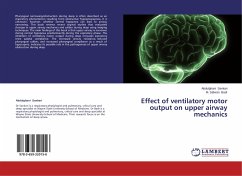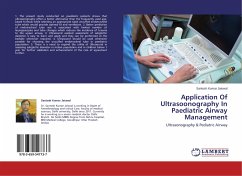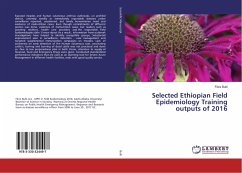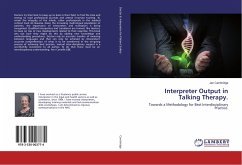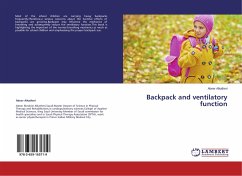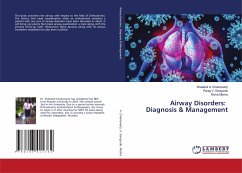Pharyngeal narrowing/obstruction during sleep is often described as an inspiratory phenomenon resulting from obstructive hypopnea/apnea. It is unknown, however, whether central hypopnea can lead to airway narrowing. This book reviews recent orginal studies that evaluated changes in upper airway mechanics and caliber during sleep using imaging techniques. The main findings of this book is that upper airway is narrower during central hypopnea predominantly during the expiratory phase. The inhibition of ventilatory motor output during sleep increases expiratory retro palatal compliance. The increased airway resistance, reduced pharyngeal caliber, and increased pharyngeal compliance as a result of hypocapnia, indicates its possible role in the pathogenesis of upper airway obstruction during sleep.
Bitte wählen Sie Ihr Anliegen aus.
Rechnungen
Retourenschein anfordern
Bestellstatus
Storno

